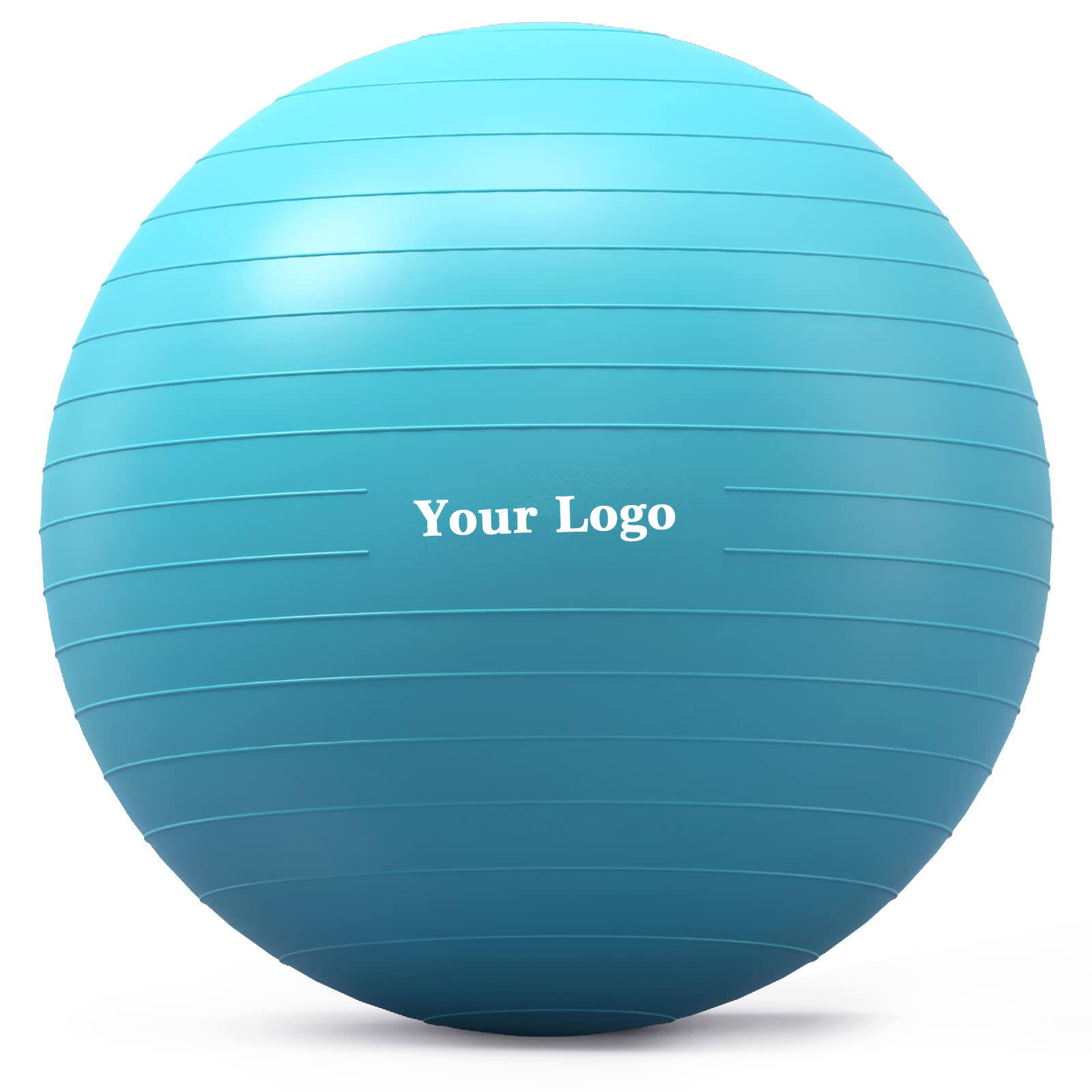Gentle mats made from friendly materials Check out this article where I discuss the interesting world of eco-mats and get to know what makes them so sustainable.
A Greener Ingredients Declaration
Yet all these products have one thing in common: none of them are made from materials that harm the enviornment; hence why they call themselves eco-friendly mats. Which were natural rubber (from the Hevea brasiliensis species of rubber tree) mats, as opposed to synthetic rubbers for example. This is towards the environmental lose solution maintains to biodegradability These bamboo mats also have a naturally anti-microbial, growth resilient backing as well. A two-layer pillow top encases our organic cotton shell, offering a long-lasting and comfy surface without the use of harmful chemicals. Moreover, the oceanic plastics recycled fibers give these products a comfortable and lush feeling.innovations Such materials when used are fully integrated into the nature solutions, as in case of processing and disposal these mats commingle well with natures principle.
^ Practices Designed for Sustainability
If I wanted to make it my mission the opposite, step one in creating an eco-friendly mat is designing for sustainability. This encompassed conducting life cycle assessments to quantify the energy and waste generated from cradle-to-grave of a mat. In the absence of chemical and harmful elements manufactured, designers are echoing natural decomposable devices that they niche in recycling mats once an agreement is over. The packaging for these mats is also minimal with no physical box, made of 100% recycled materials. Yet it creates less than a global sea of conventional waste from coffee deliveries. Each and every step made in this sustainable feat is a reflection of the practice behind circular economy, for so much more can be done with materials right before they are thrown away.
Paving a New Path in Sustainable Manufacturing
Modern manufacturing techniques have made it possible for sustainable solutions to become less damaging under the world of printable yoga mats. So, the factories and other machinery which are run on solar power, they reduce our dependency on fossils fuels which indirectly help in cleaner energy sources. The role of water in the dyeing process is another opportunity for improvement: Waterless dyeing approaches, like Yehimik technology which fixes pigments directly into fibres without needing any extra wash-up to use this valuable resource. Closed-loop discharges (Water and chemicals that comes out of the process is used in the next time rather than open cycles where waste water has to be discharged into environment), some manufacturer also recover, produce or have a recycling system for effluent-streamsugar solution recursive irrigation these circular economy practices must continue through all phases of product-life. Besides qualifying as assets in the generation of vastly reduced carbon footprints, such up-to-the-minute methods also set new benchmarks on sustainable fabric manufacturing.
But then it would be the conversion of garbage to good high quality mats
Another interesting property of the green mat, one that can breathe new life into old items: if it's not considered trash, it may be used as mattress. Recovering 640,000 (cubic) meters of the pernicious marine life-endangering discarded fishing gear in a single year up-cycling it to yoga mats as other strong and sturdy materials from all around for use by manufactures. The used plastic bottles are processed with advanced recycling technologies, first those will be broken down and then turned into soft fibers - the kind that makes any mat surface so cushiony! Reusing materials limits the use of landfills and oceans, saves garbage dumps or nature from unecessary fullness as well helps to create a new demand for primary raw material... so it supports also establishment of resource loop. The products are the highest quality we have seen for some time - a testament to what is possible in our increasingly resource constrained future when companies can stay profitable because they don't dig their profits out of holes and forests.
Green Compliance Other Compliant
We will need to decide on some rigorous forms and standards for verification & certification if eco-friendly claims are going to be legitimate. It is important that your mat bears a reputable third-party certification, such as GOTS (Global Organic Textile Standard), Cradle to Cradle Certified™ or Bluesign®,who will guarantee that the product meets strict environmental standards from crop-growing conditions to disposal. And the logistics of material sourcing, energy efficiency and chemical management have to pass regular audits in order for these high standards of sustainability to be maintained. Events are proving this assumption wrong as we speak, though: it looks like consumers could soon start to demand total visibility into each product throughout its entire supply chain. Manufacturers do this by complying with strict rules, which can give the consumer confidence in their products and thus also benefit from saving the planet.
It helps close the loop from recyclates to high-quality mat production and then ecological preservation by using familiar materials, creating a digitally-connected chain in which its recycled elements were employed. Each mat has a blend of practicability and eco-friendliness that put each as an all in one since those two are really not like oil & water. The deeper we get into these processes, and the more new standards are set and product categories become a part of this bio-based narrative - a future state where everything in our stead is re-connected back to helping nourish natural ecosystems across globe.







